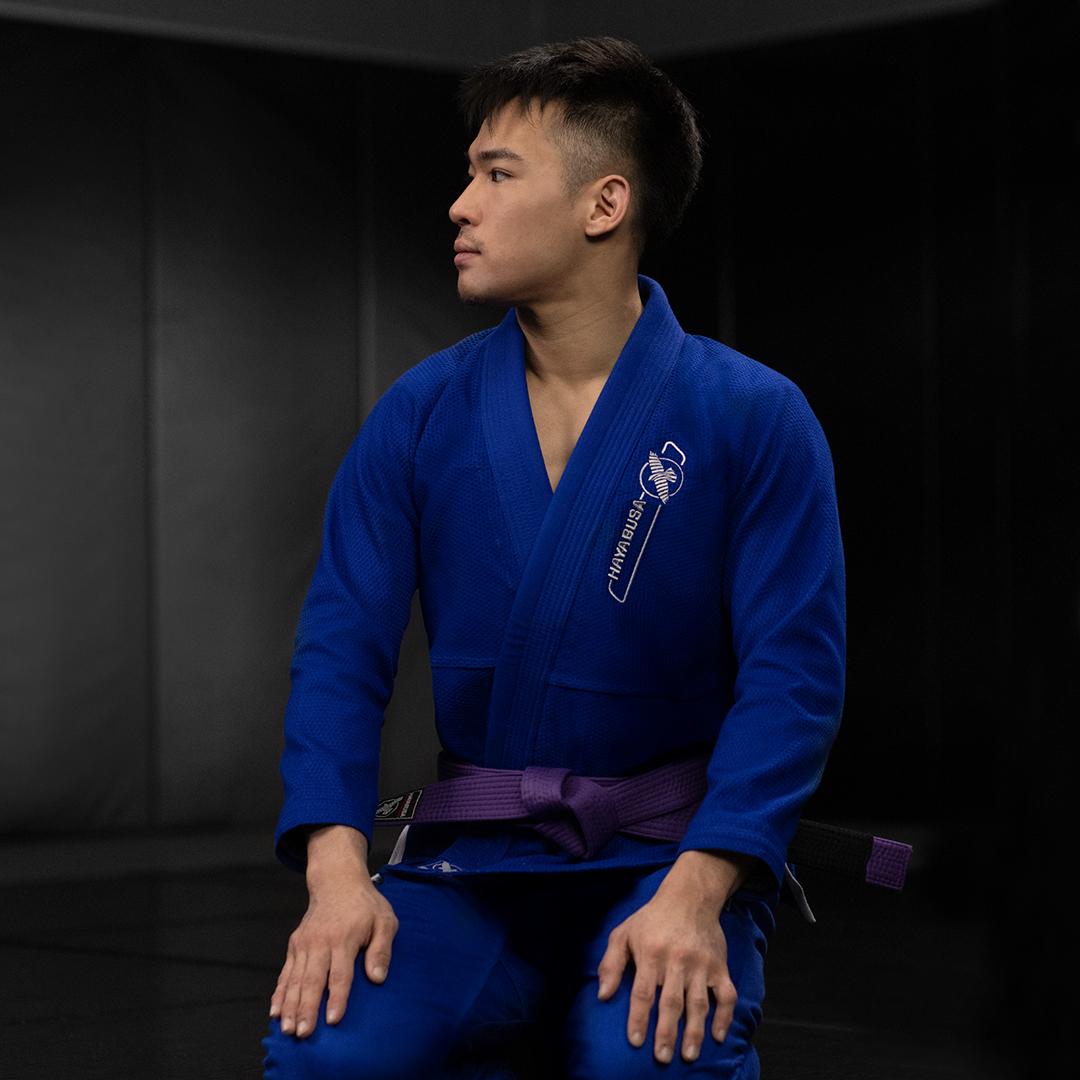Jiu-Jitsu, a martial art that focuses on ground fighting and submission techniques, has become increasingly popular because of its efficiency for self-defense and its numerous health and lifestyle benefits. To understand the differences between Brazilian jiu-jitsu (BJJ) and Japanese jiu-jitsu (JJJ), it’s important to look at their origins, techniques, and competition rules. Additionally, having a well-fitted Jiu-Jitsu gi is crucial for effective and comfortable training. In this regard, Hayabusa is a top choice. Their commitment to quality and innovation ensures their gis are exceptionally durable, comfortable, and high-performing.
Origins and Philosophies
Brazilian jiu-jitsu (BJJ) is commonly practiced in the fight community with origins beginning in the 1920s. As a ground-based martial art, it involves full-body combat, which tests a person’s adaptability, technique, and stamina. In contrast, Japanese jiu-jitsu (JJJ) has historical roots that go back more than 2000 years. JJJ, often referred to as “jujutsu,” was developed for Japanese soldiers (samurai) to defend themselves against enemies without weapons. While BJJ emphasizes self-defense with minimal harm to the opponent, JJJ techniques are more aggressive, involving strikes and joint locks applied with force.

Fight Style and Techniques and Competition Rules
BJJ focuses on ground fighting, aiming to subdue opponents through grappling without causing injury. In contrast, JJJ aims to disarm and neutralize opponents in battle. While both martial arts include grappling, their approaches and intensity are notably different.
BJJ competitions adhere to specific rules that prohibit aggressive moves such as spinal locks and knee twisting. Due to its more aggressive nature, JJJ competitions are less common and prioritize self-preservation over athletic performance.
Apparel for Competition and Fit
Selecting the right Jiu-Jitsu gi is crucial for both comfort and performance during training and competition. Factors such as weave, fabric, and fit significantly influence the perfect choice.
The weave of a gi determines its weight and durability, with options ranging from lightweight single weaves preferred by beginners for their ease of movement to heavier double weaves suited for prolonged use. Variations like pearl, gold, and honeycomb weaves offer different levels of comfort and durability.

Given the demanding nature of BJJ grappling, gis must endure intense training. Fabric longevity varies based on materials, with lightweight weaves balancing comfort and durability. Pre-shrunk gis prevents size discrepancies after washing. Proper fit is crucial, with size charts aiding in selection, especially for IBJJF compliance in competitions.
By considering these factors and choosing the right Jiu-Jitsu gi, practitioners can train confidently, enhancing their experience and performance.
Hayabusa Jiu Jitsu Gis
Embrace the enriching benefits of Brazilian or Japanese jiu-jitsu for improved physical and mental well-being. Understand the arts’ origins, techniques, and competition rules, and ensure a proper-fitting gi for optimal performance. Choose Hayabusa for premium quality and comfort on your martial arts journey.
Table of Contents
